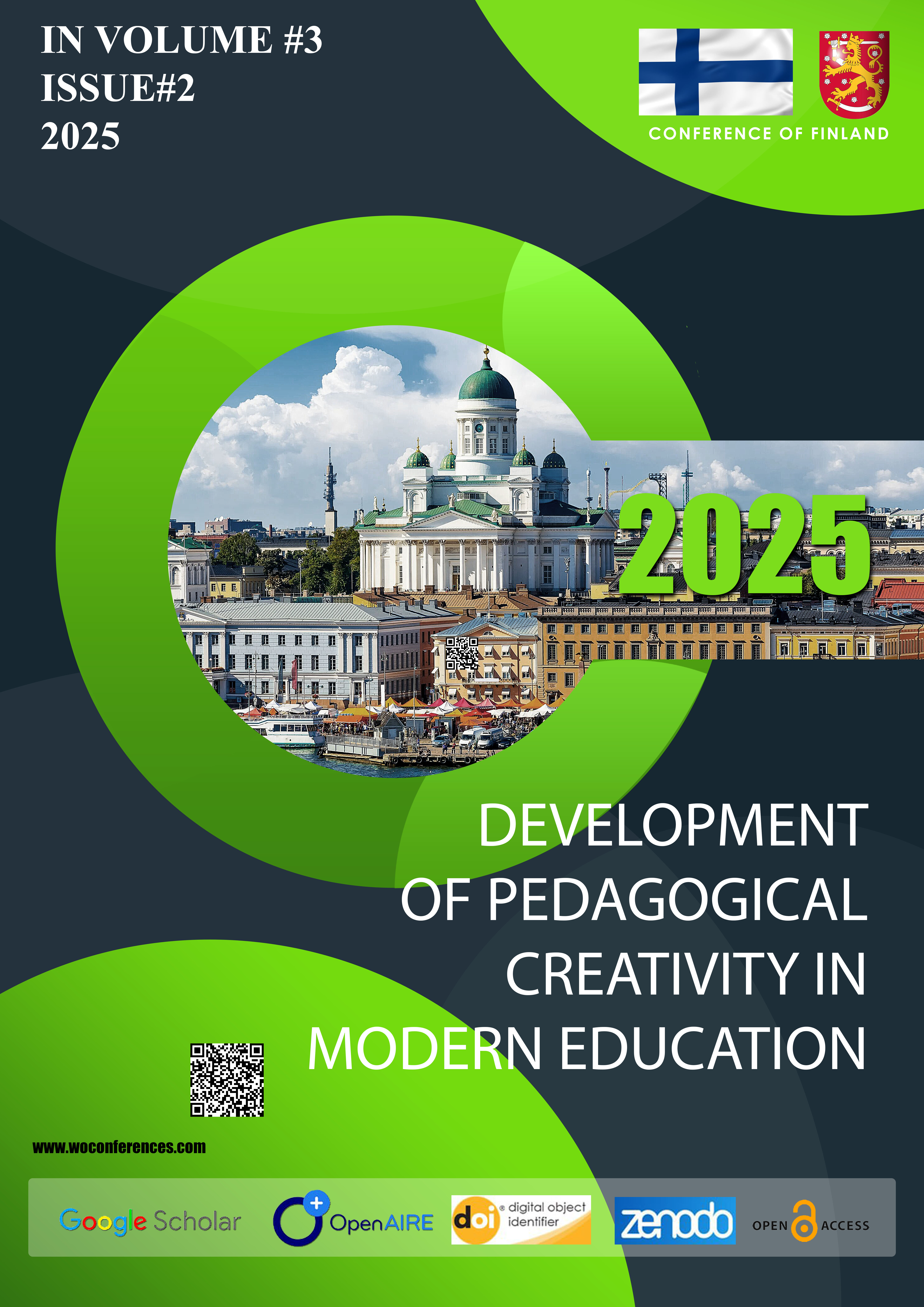THE LANGUAGE TOOLS AND CHOICES IN DORIS LESSING’S BOOKS
Abstract
This article explores Doris Lessing's literary works distinguished by its sophisticated manipulation of language, employing a diverse array of stylistic tools to investigate complex themes of identity, power, and societal structures. This article examines Lessing's strategic use of narrative techniques, including metaphor, symbolism, and fragmented storytelling, to convey the psychological and emotional landscapes of her characters. Through a close analysis of works such as The Golden Notebook, The Fifth Child, and The Grass Is Singing, the study highlights how Lessing's linguistic choices serve not only as a medium for storytelling but also as a critical commentary on the sociopolitical contexts of her narratives. By integrating feminist stylistics and narrative theory, this paper illuminates the intricate relationship between language and meaning in Lessing's fiction, offering insights into her innovative approach to narrative form and her enduring impact on contemporary literature.
References
1. Rahimnouri, Z., & Ghandehariun, A. (2019).
A Feminist Stylistic Analysis of Doris Lessing's The Fifth Child (1988).
2. Abd El Aziz, H. M. (2018).
Female Identity in Doris Lessing’s The Golden Notebook.
3. Liu, H. (2009).
A Feminist Perspective of Doris Lessing’s The Golden Notebook.
4. BookLumos. (n.d.).
Doris Lessing | Writing Style, Themes and Books.
5. The Guardian. (2012).
Doris Lessing's Golden Notebook, 50 years on.









